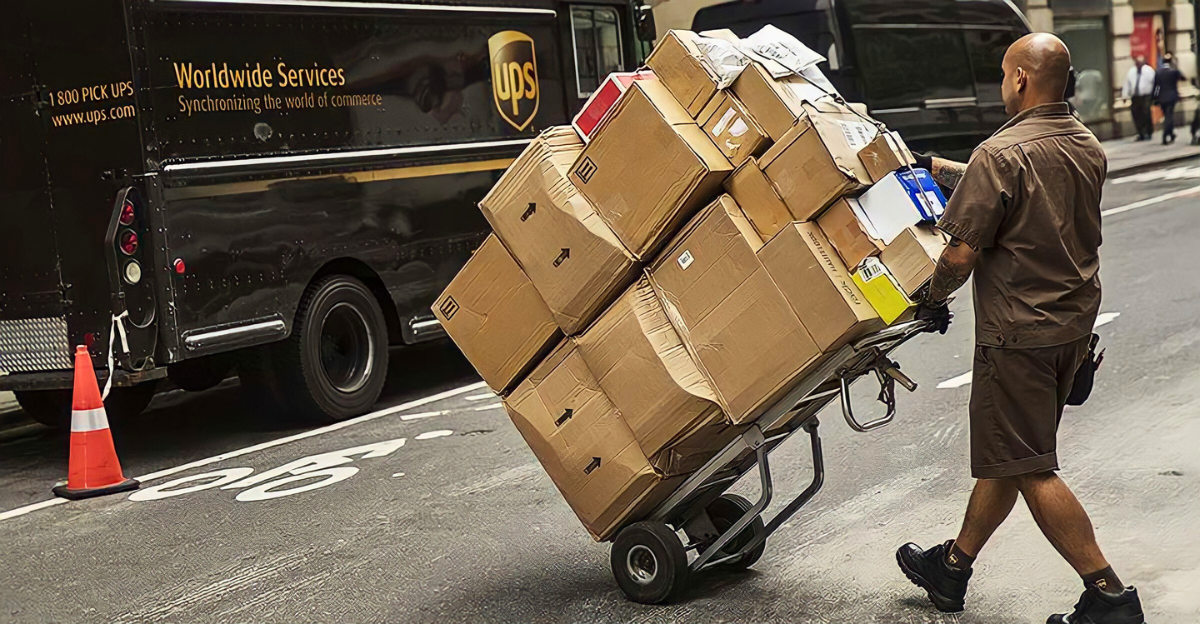
UPS is slashing 20,000 jobs, about 4% of its global workforce, as it plans to cut its Amazon business in half by 2026. But this isn’t about economic downturn, this is deliberate. UPS is walking away from billions in revenue because Amazon’s high-volume shipments aren’t worth the operational strain.
By trimming facilities and staff, UPS expects to save $3.5 billion this year. The deeper shift? A ripple effect that could reshape American commerce in ways few consumers have anticipated. These cuts reflect a broader shift in how packages move, who profits from them, and how much longer cheap, fast delivery can really last.
Why It’s Happening
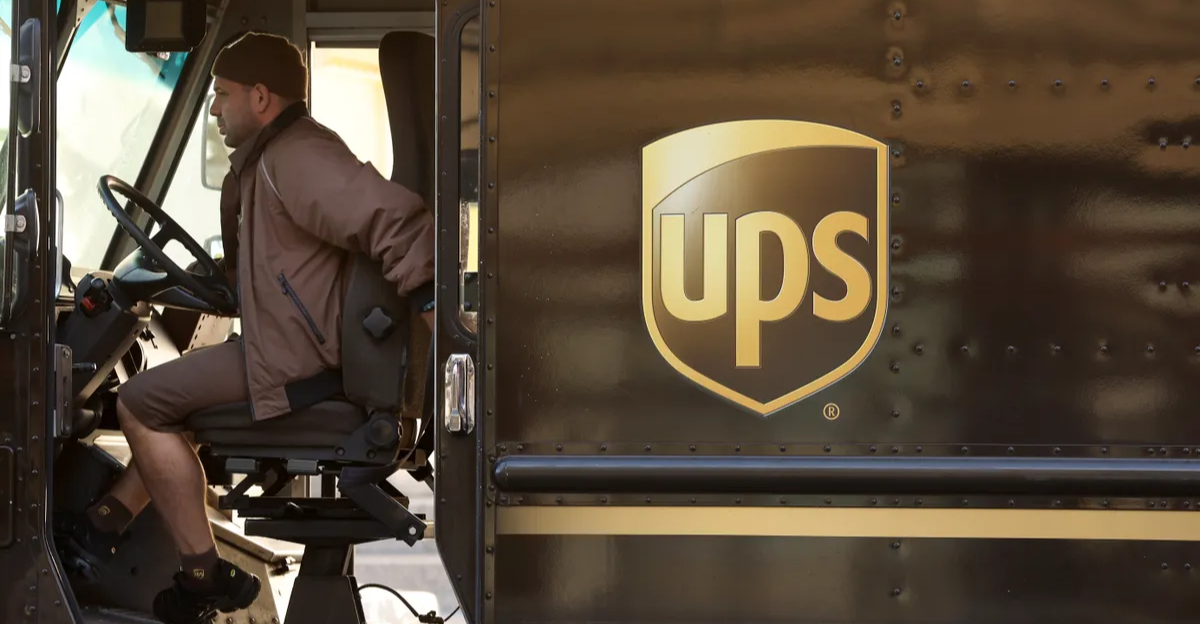
The numbers tell the story: Amazon made up 11.8% of UPS revenue in 2024, yet CEO Carol Tomé admitted it isn’t a profitable relationship. While Amazon builds a delivery empire of 500,000 drivers, UPS has been subsidizing its low rates and watching margins shrink.
The company is also facing rising labor costs under a new Teamsters contract and boosting automation, now handling 57% of volume through automated hubs. This isn’t just a cost-cutting move, it’s a signal that traditional shippers can no longer afford to serve tech giants that operate on razor-thin profits and their own logistics ambitions.
What It Means for You
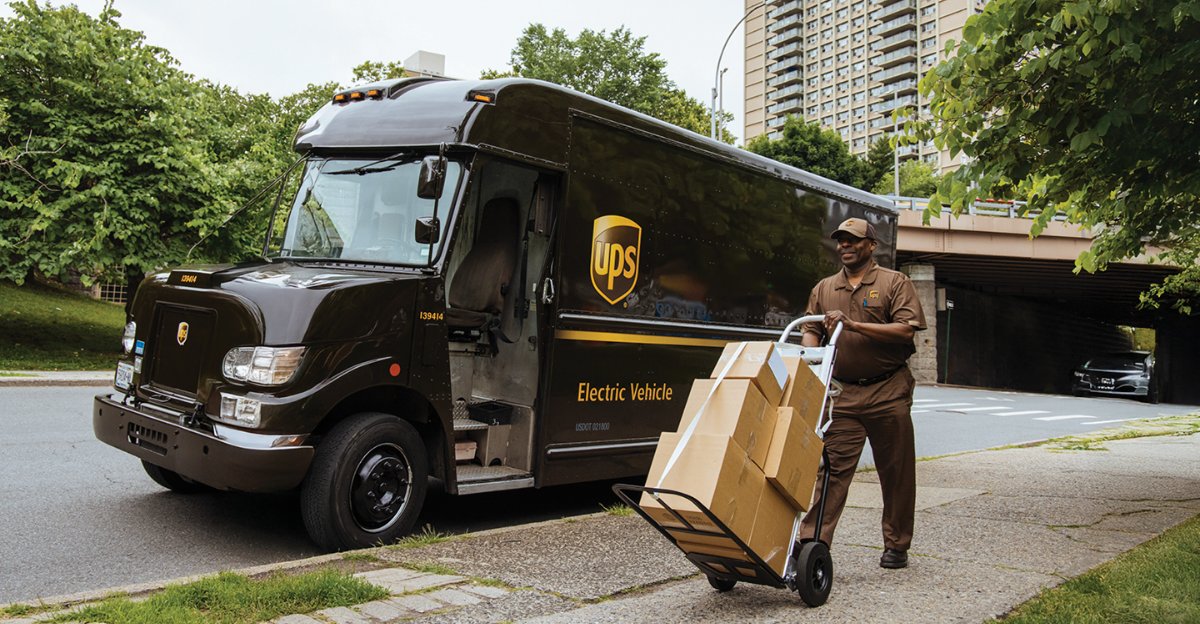
Expect slower deliveries and higher shipping fees. With UPS pulling back from Amazon, it’s focusing on premium clients, leaving others to pay more. In Europe and the UK, last-mile delivery costs have surged up to 90%, and similar hikes are hitting the U.S.
Retailers will either swallow these costs or pass them on to shoppers. Rural areas may be hardest hit. UPS is already cutting delivery frequency in certain ZIP codes to boost efficiency, and with fewer drivers and more dispersed demand, delays are likely to worsen. The days of cheap, convenient doorstep delivery are fading fast.
How Businesses Are Reacting
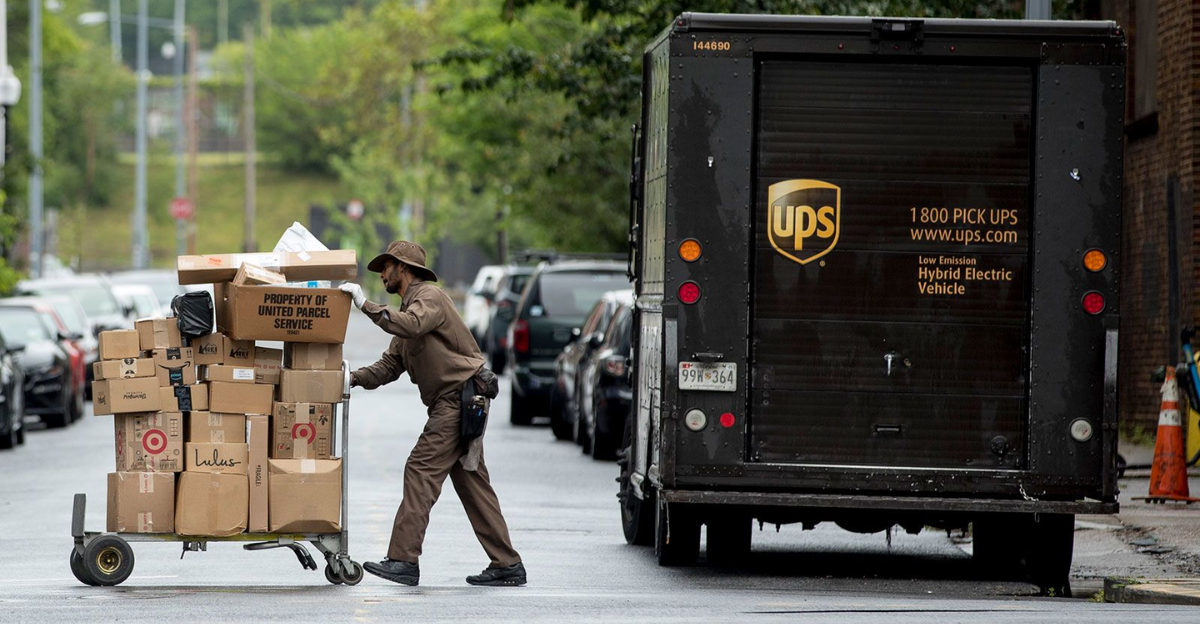
Small and midsize businesses are racing to find alternatives. UPS is prioritizing higher-margin sectors like healthcare and B2B over bulk e-commerce, squeezing out smaller retailers. FedEx, already stretched thin, is seeing a surge in demand it may struggle to handle.
Meanwhile, regional players like GoShare and Ziply are stepping in, but they lack the national reach of UPS. Amazon, meanwhile, is ramping up its logistics investment, pumping $8 billion into its Delivery Service Partners program and planning to recruit 2,500 new local delivery businesses by year’s end. A new logistics battleground is forming, and not every player will survive it.
The Gig Economy Shift
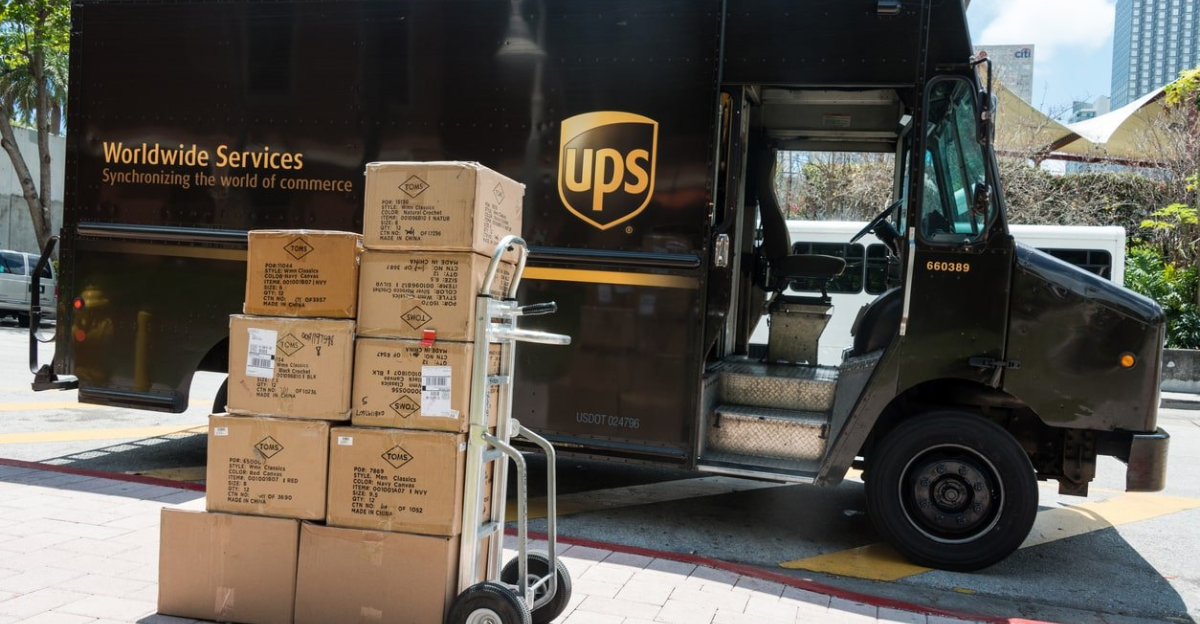
Displaced UPS workers are flooding gig platforms, turning package delivery into the next ride-share hustle. With 59% of Americans expecting to rely on side gigs long-term, this transition is accelerating. But it’s also colliding with automation. UPS is automating 400 facilities using robots for unloading, sorting, and moving packages.
The company says this will significantly reduce its 140,000 non-driver jobs. Workers now face a tough choice, trade stable employment for precarious gig work or compete with machines for shrinking roles. The new delivery economy may be flexible, but it’s also far more fragile.
Global Supply Chain Tensions
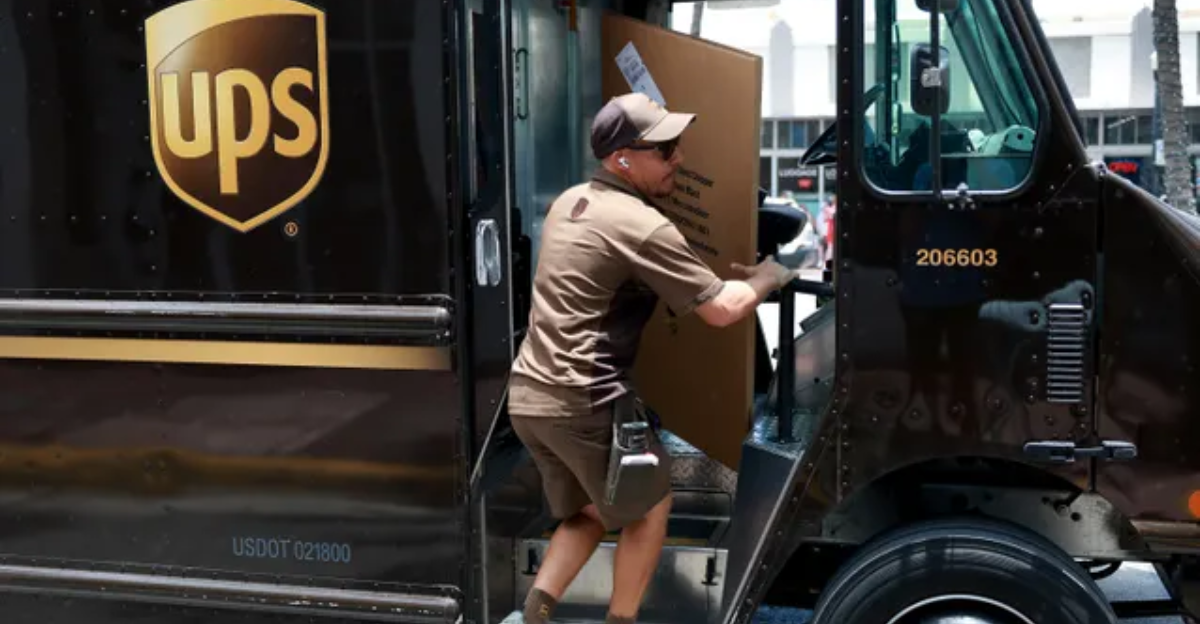
UPS’s cuts come at a time when global supply chains are already strained. In Europe, 76% of shippers reported disruption in 2024. Global shipping costs jumped 250% in the year’s first half, and Red Sea tensions alone caused a 150% spike since December 2023. The result? Delays, inflation, and logistical bottlenecks.
Container dwell time has increased 20% worldwide, meaning fewer goods are moving on time. UPS’s retreat may seem like a domestic issue, but it’s feeding into a broader crisis that’s slowing global trade and hiking prices everywhere. The timing couldn’t be worse.
The Voices on the Ground
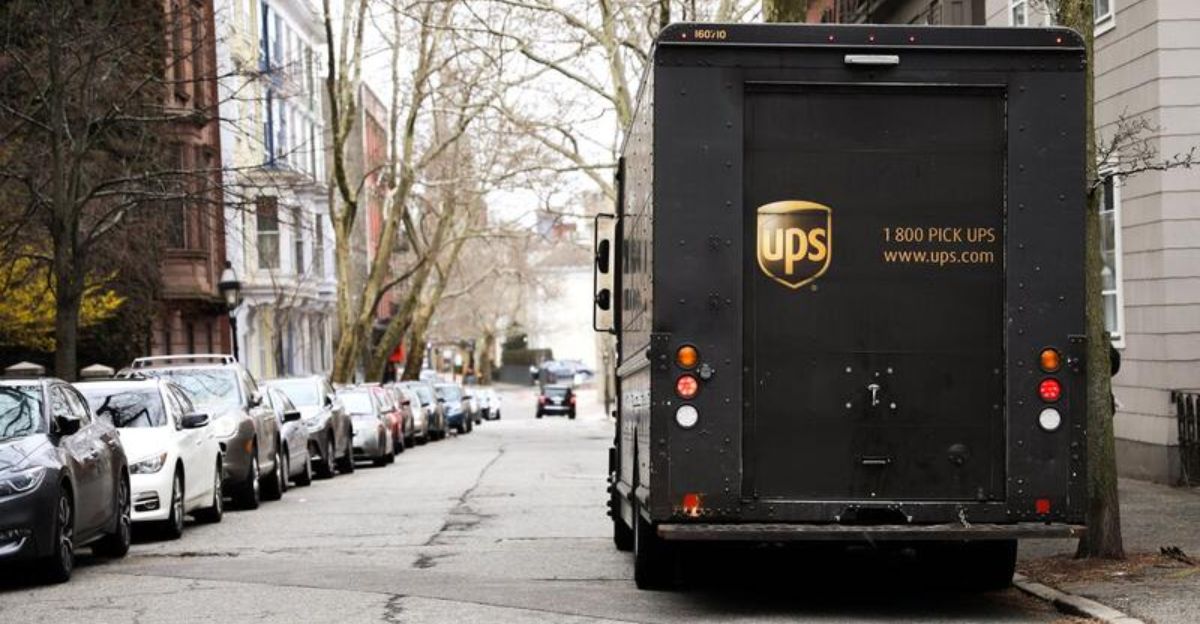
“If UPS wants to downsize corporate management, the Teamsters won’t stand in its way,” said union president Sean O’Brien. “But if the company intends to violate our contract or makes any attempt to go after hard-fought, good-paying Teamsters jobs, UPS will be in for a hell of a fight.” That tension is already spilling over.
In December 2024, Amazon warehouse workers in New York, Atlanta, and San Francisco went on strike, demanding negotiations Amazon refused. Small business owners are also feeling the heat, many report shipping cost spikes of up to 25% during peak seasons. For towns anchored by UPS facilities, these job cuts threaten more than paychecks. They put entire communities at risk.
Politics, Policy, and the Perfect Storm
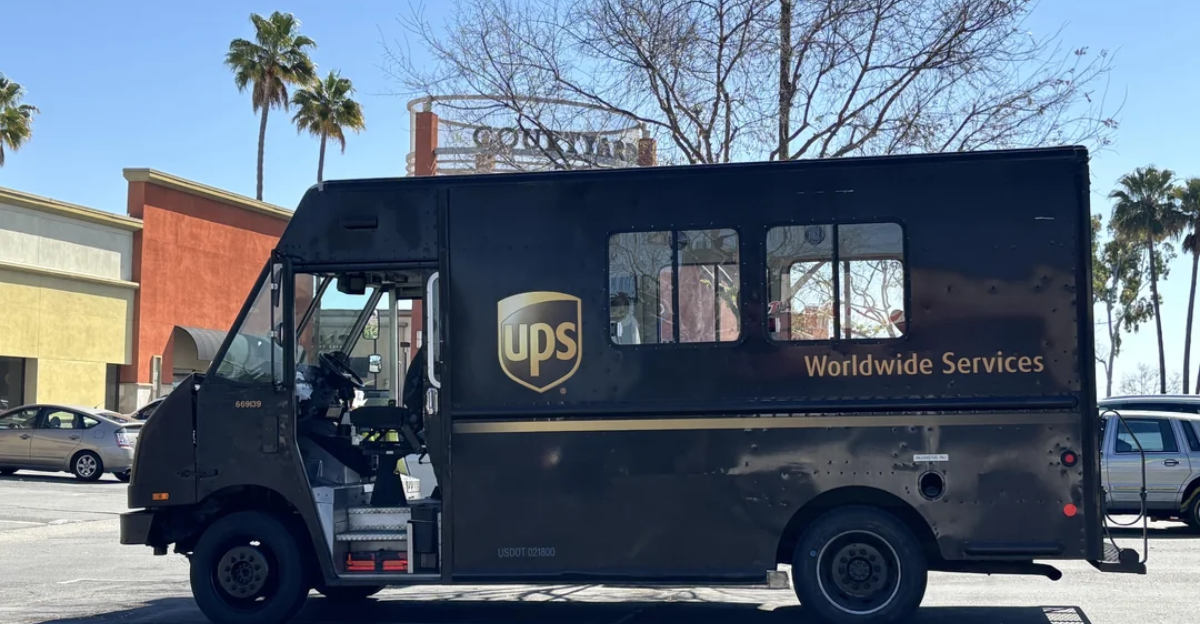
Labor tensions are boiling over into politics. UPS’s Teamsters contract requires 30,000 new jobs, but automation plans may undermine that commitment. Legal battles seem likely. Meanwhile, regulators are eyeing gig platforms powered by AI, worried about opaque algorithms that decide who works, when, and for how much.
Add to that President Trump’s new tariffs, which are forcing retailers like Shein and Temu to raise prices up to 377%. These overlapping forces are colliding fast. Trade policy, labor rights, and automation are no longer separate debates, they’re one interconnected storm.
What You Should Do Now
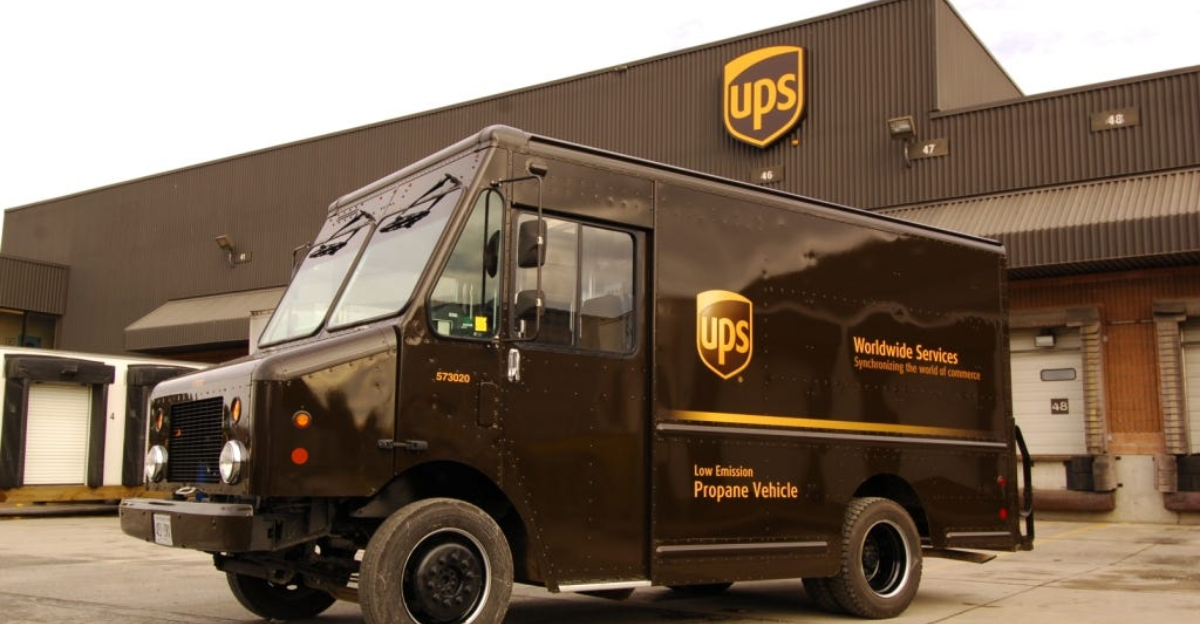
Start adapting now. Don’t rely solely on Amazon or any one retailer for essentials. Sign up for shipping updates and track which carriers serve your area, especially if you live in a rural ZIP code. Consolidate orders when possible to cut per-package fees, and consider local pickup options.
If you run a business, diversify your shipping contracts, invest in inventory forecasting tools, and explore micro-fulfillment centers. Rising logistics costs are no longer a distant worry, they’re here. The consumers and companies that adapt early will weather the change better than those clinging to the old delivery model.
The New Logistics Reality
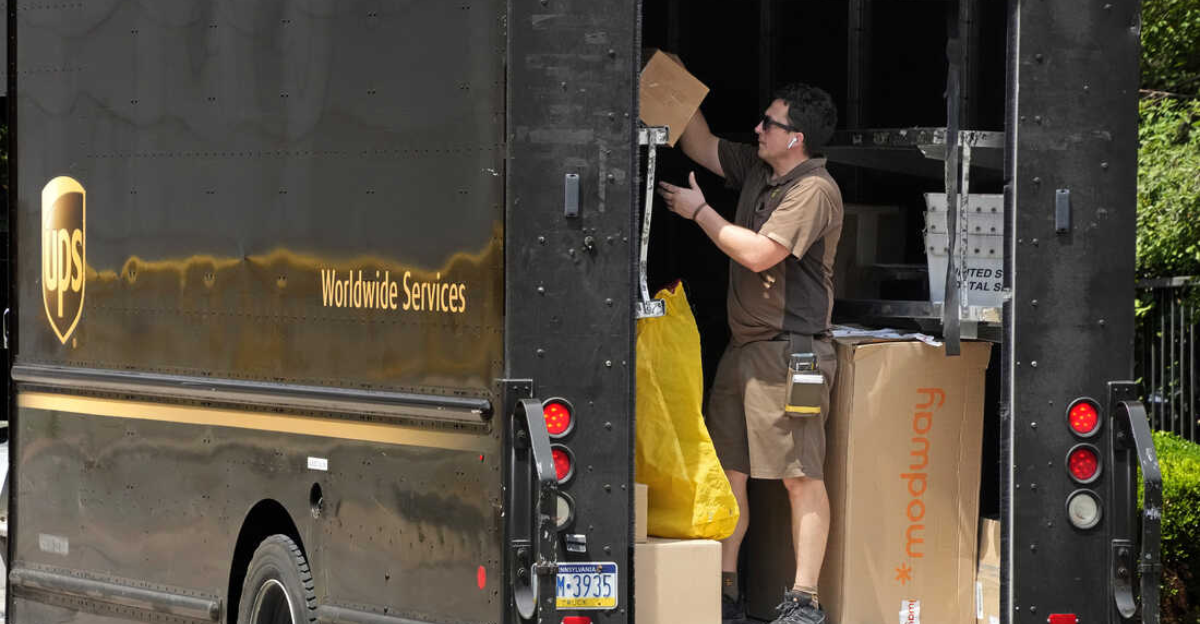
UPS’s job cuts expose a hard truth: the backbone of the online shopping boom is shifting from convenience to profit. The golden era of subsidized, next-day shipping is ending. As traditional carriers back away from low-margin deals and automation wipes out jobs, a new delivery ecosystem is taking shape, one ruled by a handful of giants with the infrastructure to control cost, speed, and access.
Your packages will still show up, but at what price, and under whose terms? For millions of workers and thousands of businesses, this is more than a shipping issue, it’s a radical reshaping of how the economy moves.
Discover more trending stories and Follow us to keep inspiration flowing to your feed!

Craving more home and lifestyle inspiration? Hit Follow to keep the creativity flowing, and let us know your thoughts in the comments below!
